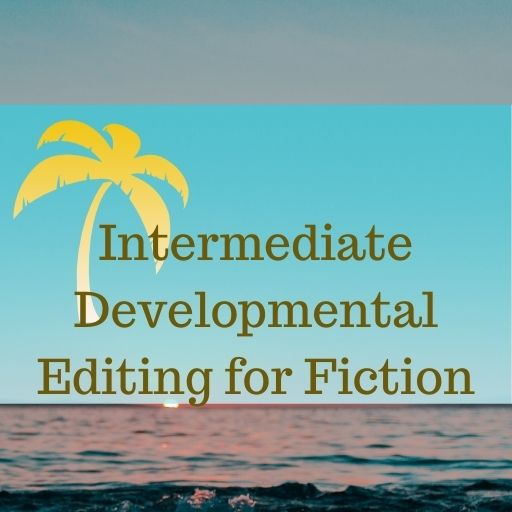How fast can you edit?
A burning question for editors – how fast can you edit?
There is a limit to how fast you can edit.
Editors often ask me how they can edit faster. Some even boast that they’ve found techniques that allow them to go 15% faster! Or 25% faster!
And . . . okay. I get it; the faster you edit, the more editing you can do and therefore the more money you can make.

When you’re a newer editor, it definitely takes you longer than when you’re more experienced. After all my years of working with authors, I can spot head-hopping immediately; a newer editor may have to consciously scan for it. So I understand the desire to get better, and therefore faster, at the work.
And certainly I’m a big fan of automating the parts of the process that a macro or specialized software can do more consistently and faster than a person can. I mean, I love find + replace for hunting down extra spaces after periods and between words. If I had to find all those myself it would take ages and I’d probably miss a few.
But. You are not a machine. If a machine can do what you do, then a machine WILL do what you do and you’ll be out of a job.
There is a limit to how fast you can edit (whether developmental editing, line editing, or copyediting) and still do good work. I’m talking about work that requires the knowledge and judgment of a human. Editing takes as long as it takes.
So stop focusing on the question of how fast can you edit.
What we need to do is charge enough to cover how long it takes. That’s hard, so editors often think going faster would be easier. But at some point you’ll hit that wall where you just can’t go faster and still produce good work. Instead of splatting against that wall, I urge you to step back a bit and commit to doing the hard work of charging what you’re worth.
Other Helpful Content
-
Identifying Conflict Problems in a Manuscript
Conflict drives narrative, as I don’t need to tell you. But a problem with the conflict is probably the number one issue I see in the manuscripts I edit. Yet it can be difficult to identify conflict problems. Outside of the most formulaic of approaches, we don’t have a lot of rules about how the…
-
Pay Attention to Red Flags
A while back, I was looking for an apartment to rent in Los Angeles and I found a possibility on one of the rental sites (you know, like Apartment.com or Zillow). The property described sounded like what I was looking for and the rent was about right for the age of the property, its amenities,…
Join the Club!
New to story editing? Begin at the beginning.



